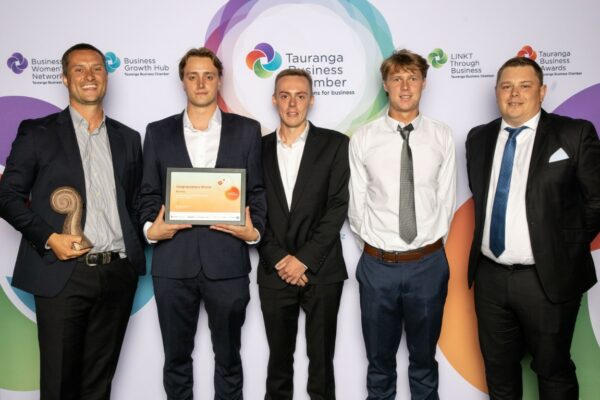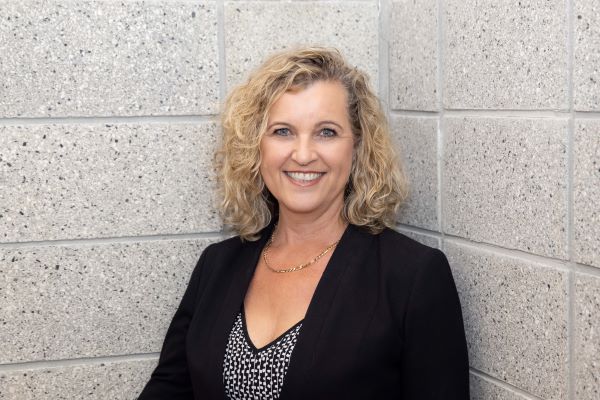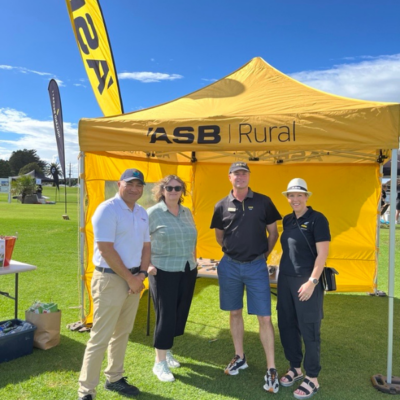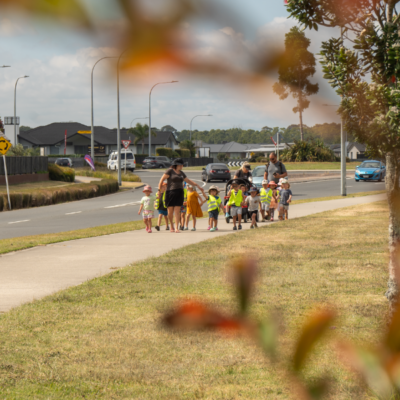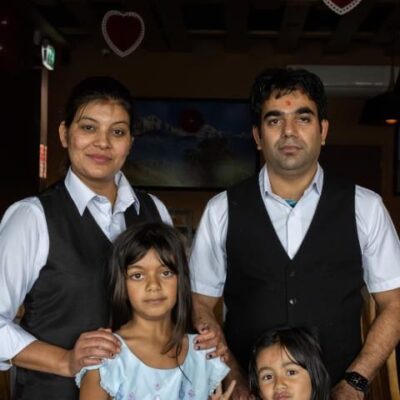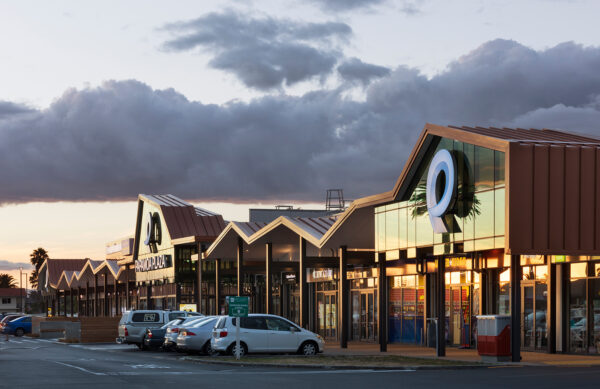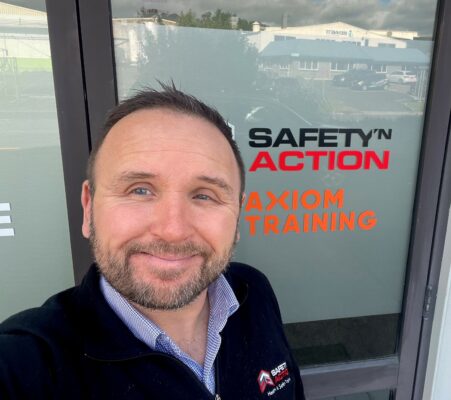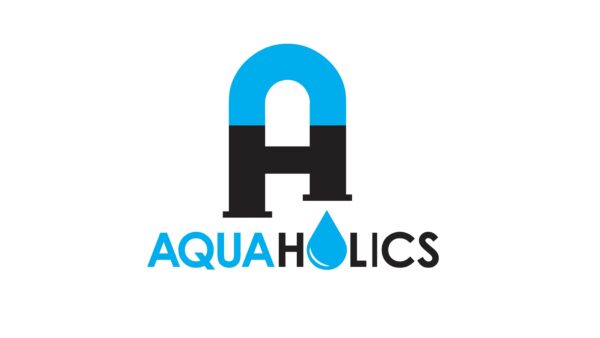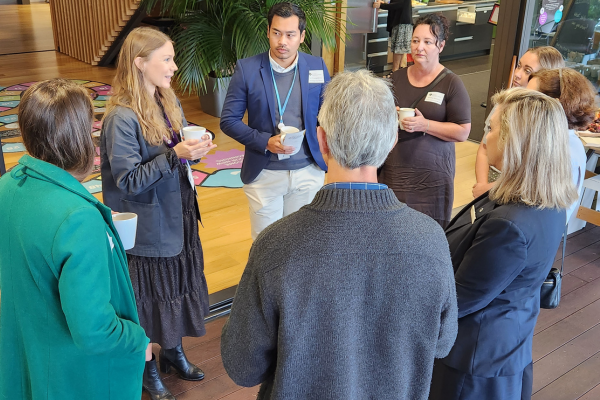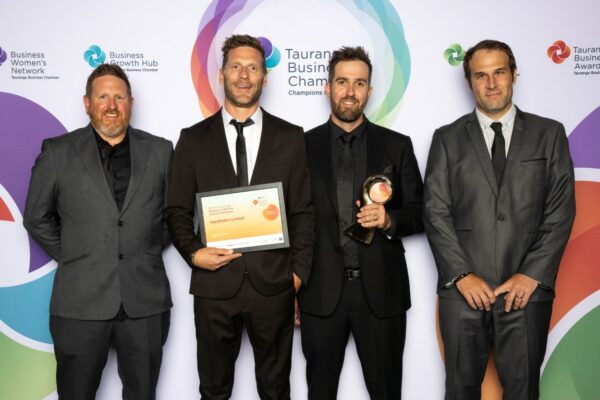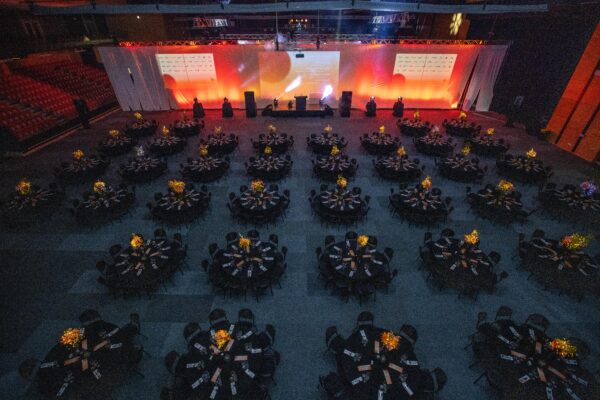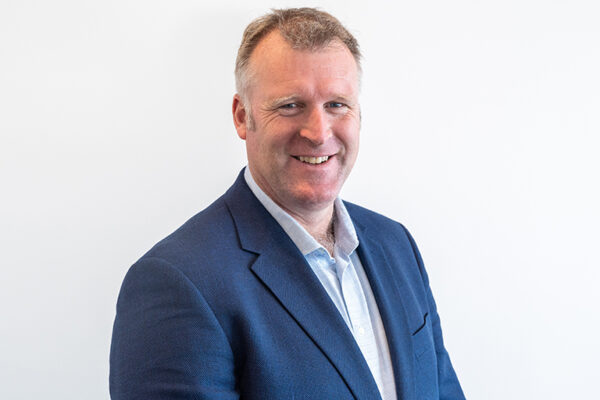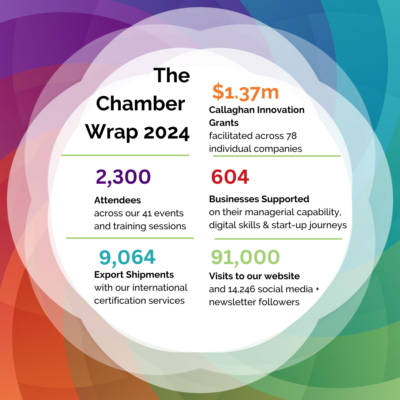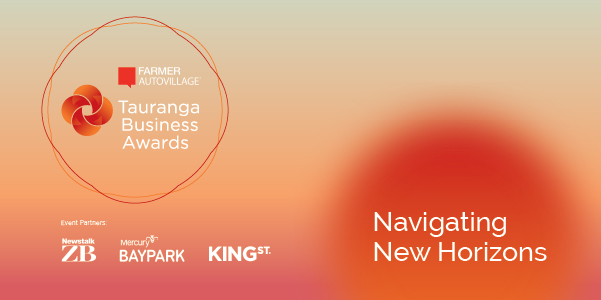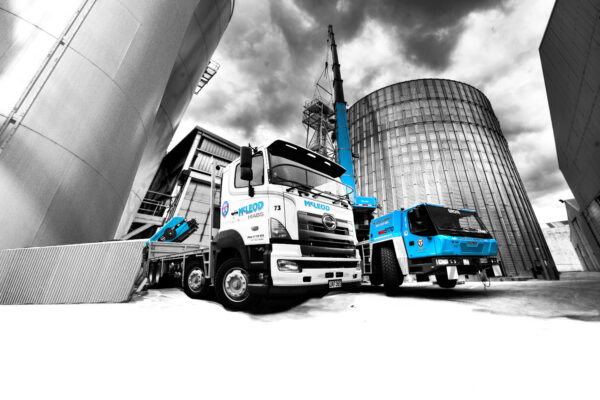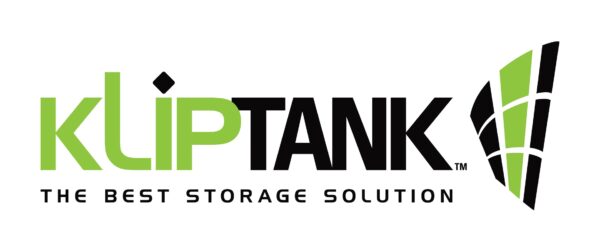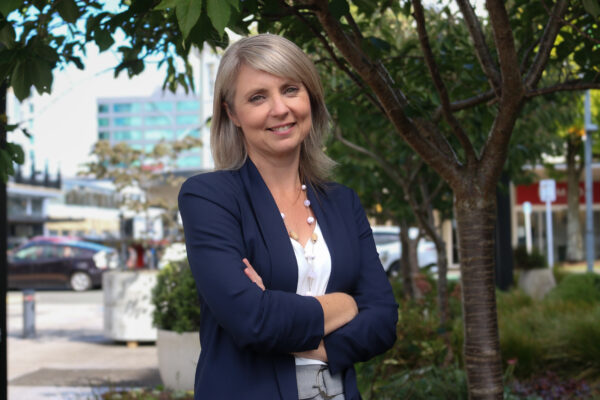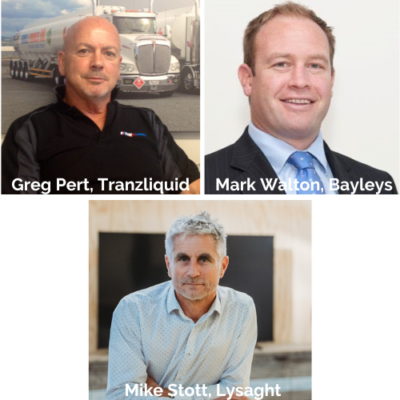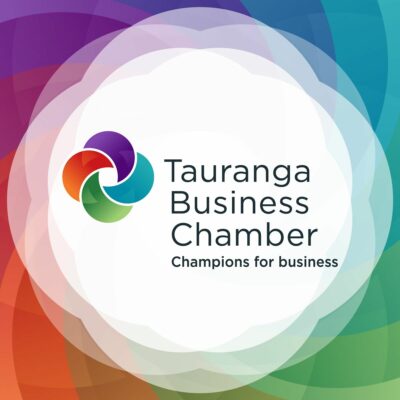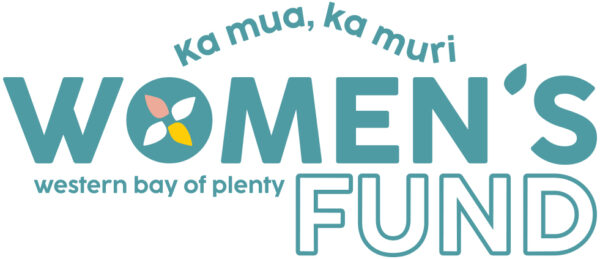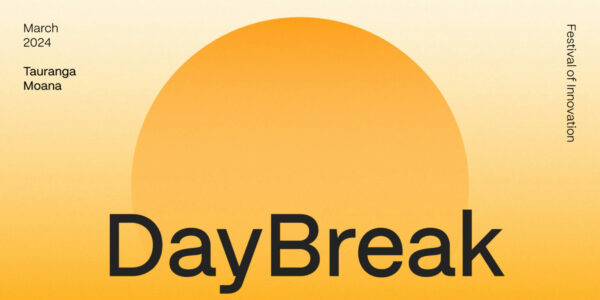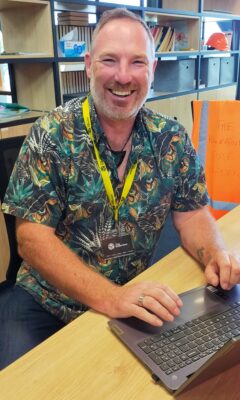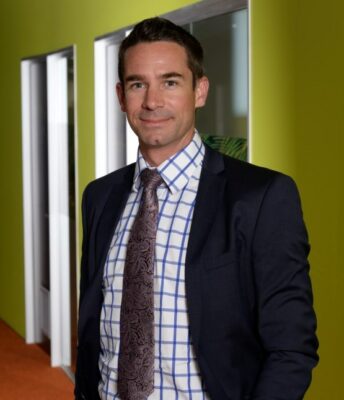The TECT Rescue Helicopter was founded and began life-saving missions in the coastal Bay of Plenty in 2000. Powered by a team of Pilots, Crewmen, and Critical Care Flight Paramedics, the rescue helicopter can be airborne within 10 minutes during the day (or 20 minutes at night) to deliver rescue personnel to patients in need, with the ability to provide life-saving in-flight care along the way.
We asked Natasha McGowan, Sponsorship and Marketing Coordinator, some quick-fire questions to get to know TECT Rescue Helicopter a little better.
Why was the Helicopter Service established?
Philips Search & Rescue Trust (PSRT) is the charity responsible for fundraising and promotion of the North Island’s largest pool of community rescue helicopters, including the TECT Rescue Helicopter, which began operating in 2000. Philips Search and Rescue Trust (PSRT) was founded in 1985 after an endowment by a private company, Philips New Zealand Ltd, to mark a light aircraft crash in which two Philips NZ Ltd employees lost their lives. After instigating one of the largest privately organised searches ever seen in New Zealand, the company made an endowment to initiate a Trust with the objective of providing the highest possible standard of air rescue and emergency helicopter services in the central North Island.
What were some of the challenges and opportunities in those early stages of setting up?
Acquiring the equipment and manpower required to launch and run a helicopter rescue service was extremely challenging. Sponsorship support from businesses was an integral part of establishing the service and remains essential support in continuing the service.
What are some key stats of how you have grown over time?
The TECT Rescue Helicopter started out as the Tranz Rail Rescue Helicopter, founded in 2000, carrying out 47 rescues in its first year. Now named the TECT Rescue Helicopter, since its inception the crew has undertaken 3,408 missions.
How has Covid impacted your organisation?
The health and safety of our community and patients are of utmost importance to us, as well as the protection of our crew. Covid-19 has meant an increase in safety precautions at our bases, including the use of N95 masks, increased use of PPE, and other safety initiatives. Our missions have continued to increase during the lockdowns, and as a 24/7, 365-day-a-week operation, we continue to perform life-saving missions.
Tell us about your team.
Our helicopter team of Pilots, Crewmen, and Critical Care Flight Paramedics are highly qualified and committed to their work to serve the community. Engaging in the most up-to-date training and workshops to stay at the top of their industry, the crew of the Rescue Helicopters is among the most highly trained in New Zealand. Supporting them is our vibrant team of hardworking marketing and fundraising professionals, who are passionate about the rescue helicopter service and the life-saving service it provides.
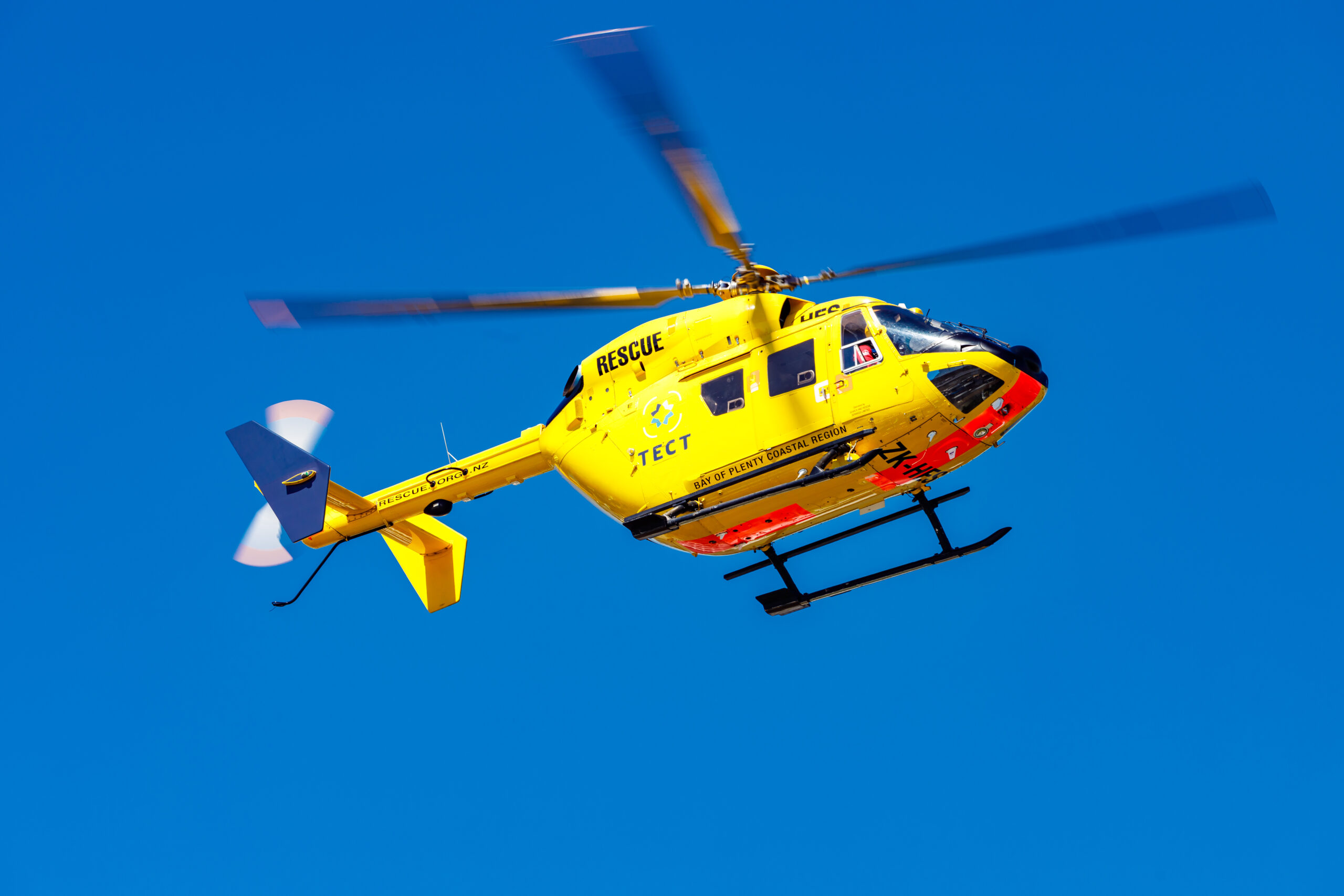
Why is the rescue helicopter so critical to our community?
The TECT rescue helicopter can be airborne within 10 minutes during the day (or 20 minutes at night) to deliver rescue personnel to patients in need, with the ability to provide life-saving in-flight care along the way. An experienced, professional full-time crew offers a diverse range of attributes and experience to each mission. When the rescue helicopter is tasked with a mission it’s because it is the very best, and in many cases, the only option.
What is a common misconception people might have about your organisation?
There is a misconception that there is a charge to use the Rescue Helicopter Service. The service provides air health and rescue services free of charge to the public on a no-fault basis.
Anything else you would like to add?
Partnerships are at the heart of what we do. You can help with funding, support, and increased visibility, to help us plan for the future ensuring the rescue helicopter will be there wherever and whenever needed.
If you’re a member and would like a profile, get in touch with our team today.
